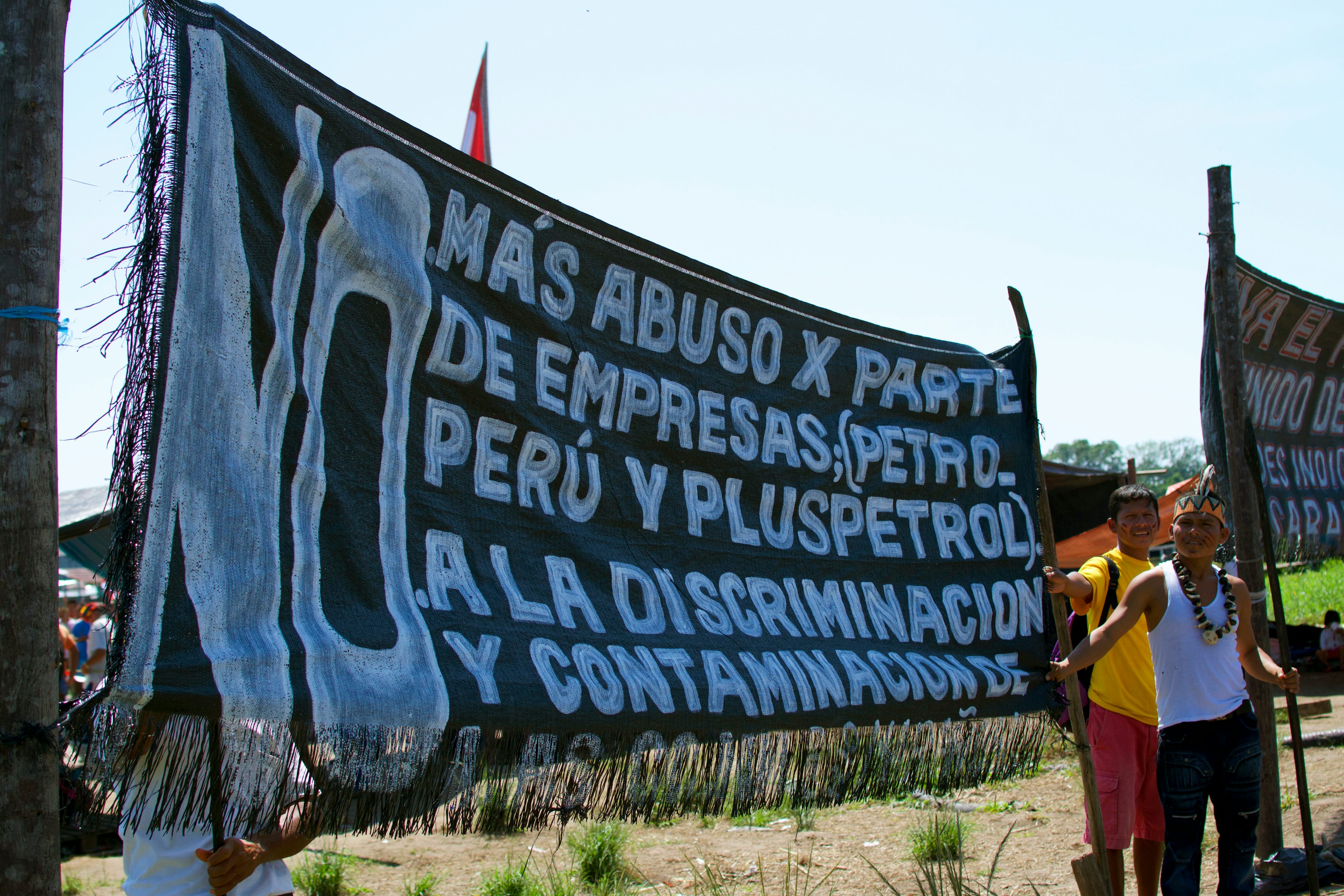By
Download the report
Introduction
The department of Loreto, located in north-east Peru, contains by far the largest section of the Peruvian Amazon. Loreto represents 55% of Peru’s forested area, hosts Peru’s biggest national reserve and is immensely rich in flora and fauna. It is also home to an estimated 27 different indigenous peoples, more than any other region of Peru. Together, they represent 32% of Loreto’s population.
For more than four decades oil development has caused destruction in this precious part of the Amazon. In an oil concession called Lot 1AB, about 500,000 hectares of forest have been explored and exploited for the last 40-plus years. The effect has been so devastating that in 2013 and 2014 a state of environmental and sanitary emergency was declared in four river basins in Loreto, some of the Amazon’s main tributaries, by the Peruvian government.
Although the contract in Lot 1AB expires on August 29 this year, a new, larger concession called Lot 192 has been established in that same area. Given the current estimated reserves, this implies that another 30 years of oil operations lie ahead.
“The return to thriving ecosystems will likely take more than 30 years, and must include stopping new spills from happening from corroded and improperly installed pipelines,” says Ricardo Segovia, environmental engineer at E-Tech.
For the last 15 years the main actor in Lot 1AB has been Pluspetrol. The company started operating in Peru in 1996 and took over oil block 1AB in 2000. Since 2003 the subsidiary company operating the concession has been Pluspetrol Norte S.A.9, 45% of which is owned by the Chinese national oil company China National Petroleum Corporation.



